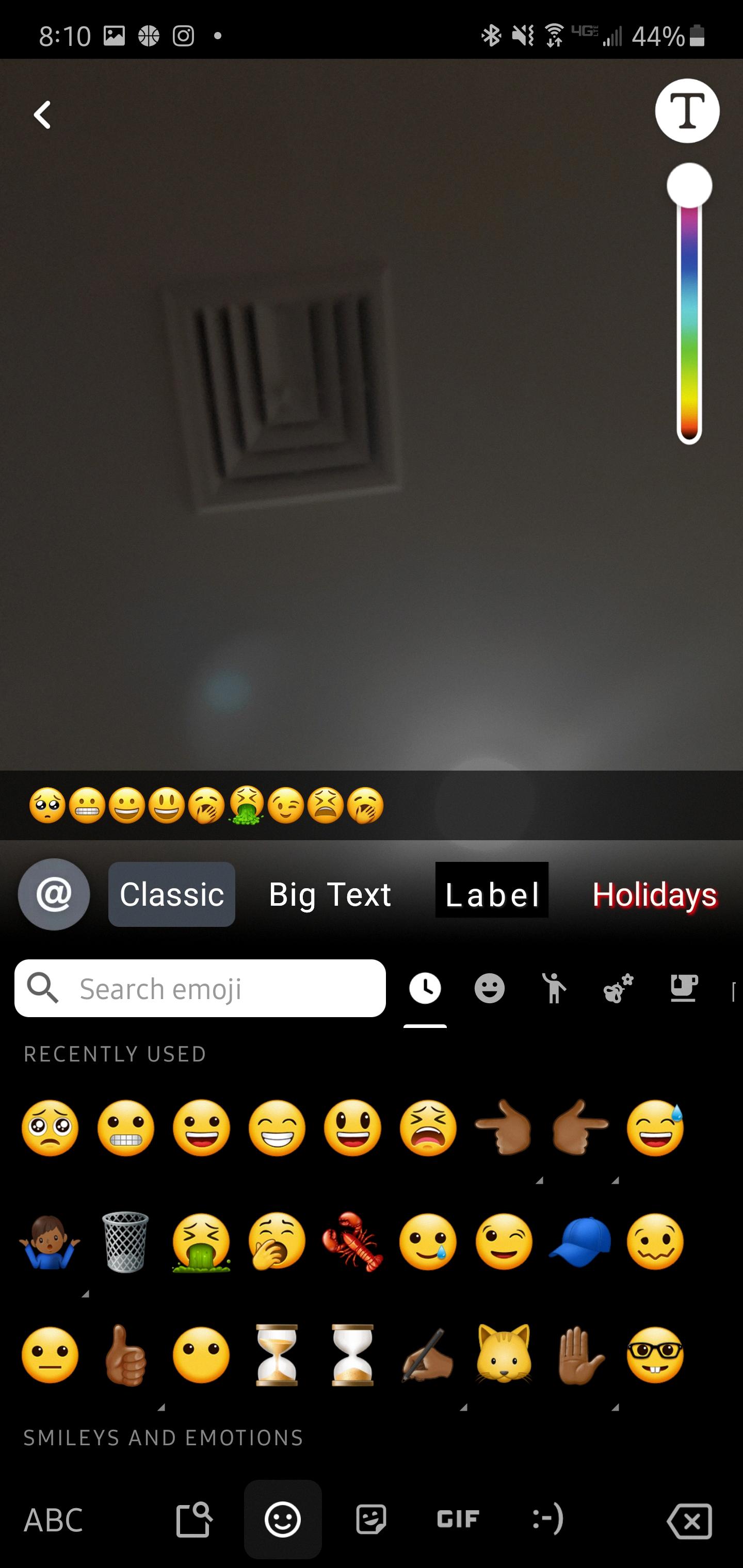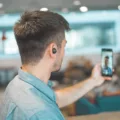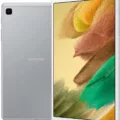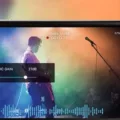Android Emojis: What to Expect on an iPhone
When it comes to emojis, Android and iPhone users may not always see eye to eye, or rather, smile to smile. While emojis have become a universal language of expression in the digital world, the way they are displayed can vary depending on the device and operating system you’re using.
Let’s take a closer look at how Android emojis appear on an iPhone and what factors contribute to these differences.
To start, it’s important to understand that emojis can be categorized into two types: standard Unicode emojis and proprietary emojis. Standard Unicode emojis are those that adhere to a cross-platform standard, allowing them to be displayed consistently across different devices and operating systems. On the other hand, proprietary emojis are specific to certain platforms or devices and may not be universally recognized.
When it comes to Android emojis, most of them fall under the standard Unicode category. This means that when an Android user sends an emoji to an iPhone user, the iPhone should be able to receive and display it correctly. However, there may still be slight variations in how the emoji appears due to differences in font styles and rendering between the two operating systems.
The look of Android emojis on an iPhone can also be influenced by the specific version of the software being used. As both Android and iPhone regularly release updates to their operating systems, they may introduce new emoji designs or make adjustments to existing ones. So, if you’re using an older version of Android or iPhone software, you may see different emoji designs compared to someone using the latest version.
Furthermore, if an Android user is using a custom keyboard or font that is not supported on the iPhone, the iPhone user may not see the intended emoji. This is because the custom keyboard or font may not have the necessary compatibility to display the emoji correctly on the iPhone.
So, what do Android emojis look like on an iPhone? In general, you can expect them to appear similar to their Android counterparts, but there may be slight differences in design and style. The basic expression or meaning of the emoji should still be conveyed, but the visual details may vary.
While Android and iPhone users can exchange emojis, the way they are displayed may differ due to font styles, rendering, software versions, and custom keyboards or fonts. Understanding these factors can help you navigate the world of emojis more effectively, ensuring that your messages are received and understood as intended, regardless of the device being used.
Do Android Emojis Show On IPhone?
Android emojis do not show up the same way on an iPhone. While there is a cross-platform standard for emojis, different operating systems display them differently. So when you send an emoji from an Android device to an iPhone user, they won’t see the exact same smiley or emoticon as you do. The appearance of emojis can vary based on the design choices made by each operating system. This means that even though the meaning of the emoji remains the same, the visual representation may differ between Android and iPhone. So, it’s important to keep in mind that emojis may not always look identical across different devices.

Do Emojis Work From Android To IPhone?
Emojis generally work from Android to iPhone. Both Android and iPhone devices support Unicode, which is the standard character encoding system that includes emojis. This means that if the Android user sends an emoji that is part of the standard Unicode emoji set, the iPhone user should be able to receive and see it correctly.
However, there might be some cases where emojis don’t work perfectly between the two platforms. This can happen if the Android user is using a proprietary keyboard or font that is not compatible with the iPhone. In such cases, the emoji might not be displayed correctly on the iPhone, or it could appear as a different symbol.
To ensure better compatibility, it is recommended to use emojis that are part of the standard Unicode set. These emojis are widely supported across different platforms and devices, including Android and iPhone. Additionally, keeping both Android and iPhone devices updated with the latest operating system versions can also help in ensuring better emoji compatibility.
While emojis generally work from Android to iPhone, compatibility can vary depending on the specific emoji and the devices being used. Stick to standard Unicode emojis for better compatibility and keep devices updated to minimize any potential issues.
What Is 🥺 On IPhone?
On iPhone, the 🥺 emoji represents the Pleading Face expression. This particular emoji is often used to convey a sense of pleading or begging for something. It can be used to express a range of emotions, including desperation, remorse, or a sincere request for forgiveness or assistance.
When someone uses the 🥺 emoji, they are typically trying to convey a strong desire or need for something. This could be asking for forgiveness after making a mistake, seeking help or support, or simply requesting a favor from someone. The emoji is often accompanied by text or additional emojis to further emphasize the plea.
It is important to note that the 🥺 emoji is not limited to iPhone and can be used on various platforms and devices that support emoji. Its popularity has grown in recent years, especially in online conversations and social media platforms, as it allows users to express emotions and appeal to others in a visually engaging way.
To summarize, the 🥺 emoji on iPhone represents a pleading or begging expression, often used to request forgiveness, seek assistance, or ask for a favor. It is widely used in online conversations and social media platforms to convey a strong desire or need for something.
Why Do Emojis Look Different On Android?
Emojis can appear different on Android devices due to several factors related to the operating system and software used to display them. Here are the reasons why emojis may look different on Android:
1. Operating System Version: Different versions of Android may have varying emoji designs. Google periodically updates its emoji library, introducing new designs and modifying existing ones. Therefore, the appearance of emojis can differ between older and newer versions of Android.
2. Font Rendering: Emojis are essentially characters that need to be rendered on the screen using a specific font. Android devices may use different default fonts or allow users to install custom fonts. These font variations can influence the visual representation of emojis.
3. Emoji Library: Android devices rely on an emoji library to display emojis. Manufacturers may choose to use their own custom emoji sets or use the default emoji library provided by Google. This can result in visual discrepancies as different emoji sets may have distinct designs.
4. Device Brand and Model: Various Android device manufacturers, such as Samsung, LG, or HTC, have their own customized user interfaces (UI). These UIs often include their own emoji designs, which can differ from the standard Android emojis.
5. Third-Party Apps and Keyboards: Android allows users to install third-party apps and keyboards, some of which come with their own emoji sets. When these apps are used to view or input emojis, the appearance may deviate from the default Android emojis.
It’s important to note that these variations in emoji appearance are not limited to Android but can also be observed across different platforms and devices. The goal is to ensure consistency and compatibility, but due to the aforementioned factors, slight differences in emoji design can occur.
Conclusion
Android emojis can vary in appearance when sent to someone using an iPhone or a different operating system. While there is a cross-platform standard for emojis, not all devices display them the same way. The way emojis are rendered can depend on factors such as the font used, the operating system’s handling of emoji rendering, and the specific software version being used. As a result, the Pleading Face emoji 🥺 or any other emoji may not always be received in the exact same form as intended. However, if the emoji being sent is a standard Unicode emoji, it should generally be received and displayed correctly across different platforms. It’s important to keep in mind that proprietary keyboards or fonts may not support certain emojis, leading to inconsistencies in how they are displayed.







